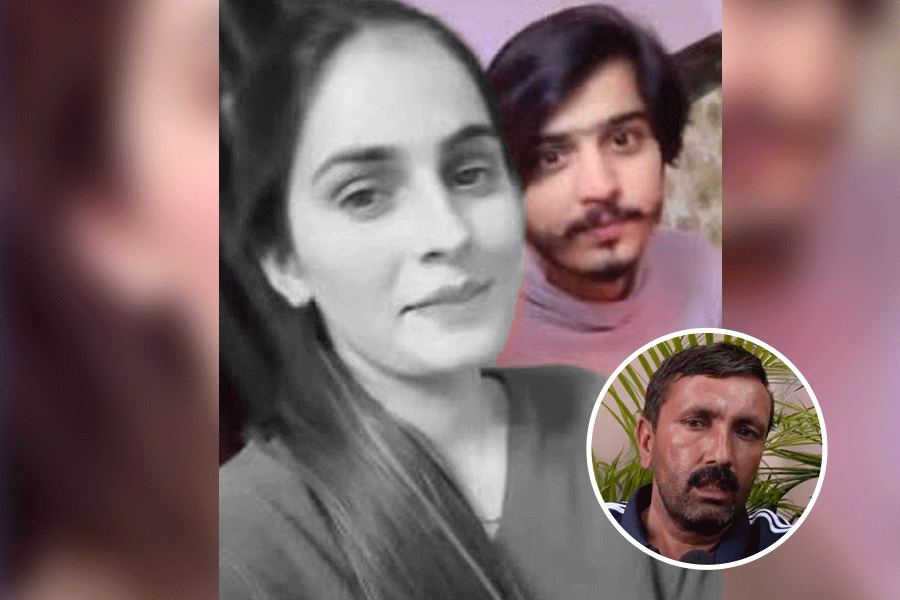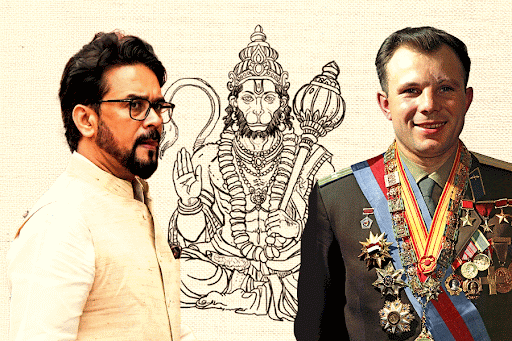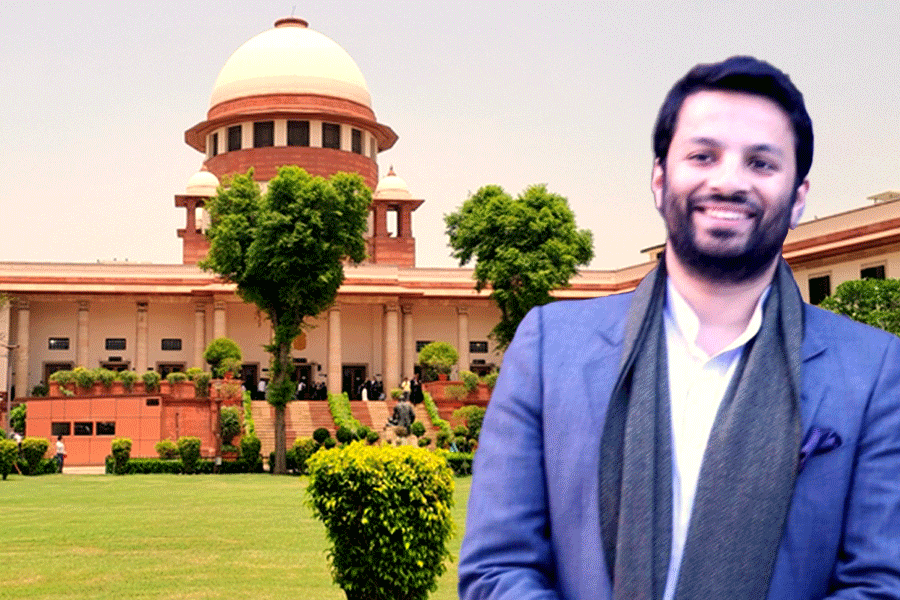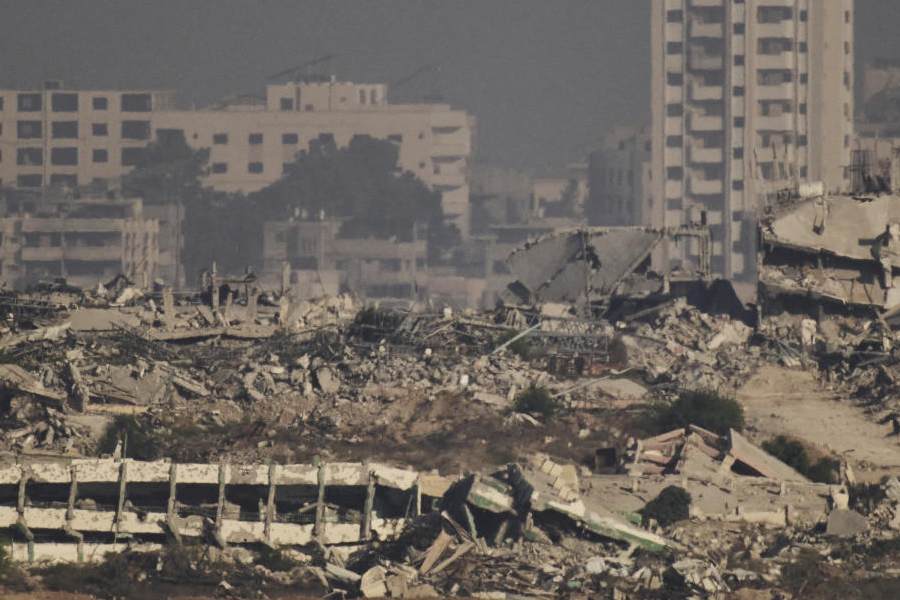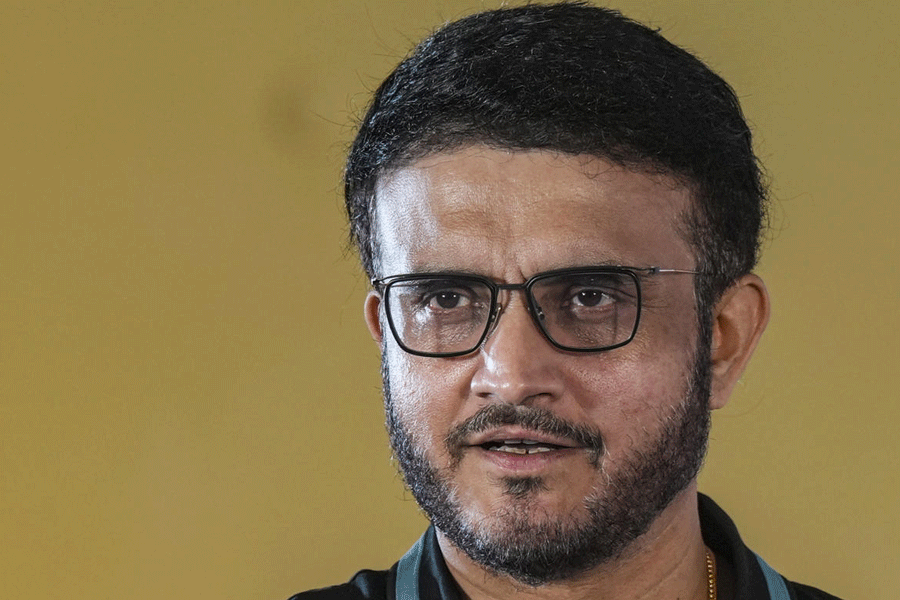|
|
 |
 |
 |
 |
Every spectacle assumes an audience whose reactions determine its course. The apparent purpose of the Delhi Durbars, held in 1877, 1903 and 1911, was to mark the coronations of English monarchs as emperors or the empress of India. In reality, they were lavish displays of power, meant to send out a message to the colonized race. For the message to be effective, it had to be coded in a language that the subjects could understand. So the durbars came with four-sided pavilions, amphitheatres, large banners carrying heraldic symbols, trumpeters, not to mention all the king’s horses and men in addition to the Indian princes’ elephants and retinues.
Such exhibitions of pomp, of course, could not go undocumented, since part of their effectiveness depended on their dissemination throughout the world and down the years. Paintings, illustrations, narratives, postcards, films and commissioned photographs all served that purpose. But with the camera being more widely available during the 1903 and 1911 durbars, photographs of the events — captured not only by the viceroys’ men but also by members of the crowd, both Indian and British — began to register the brewing dissent. POWER AND RESISTANCE: THE DELHI CORONATION DURBARS, 1877, 1903, 1911 (Mapin, Rs 3,500), edited by Julie F. Codell, presents and analyses the photographs from the Alkazi Collection of Photography to decipher the conflicting tales they tell as the perspective shifts from the colonizer’s to that of the colonized. There are eight essays, including one by the editor. Although some of their titles, such as “Photographic Interventions and Identities: Colonising and Decolonising the Royal Body” (by Codell) or “The Line and the Curve: Spatiality and Ambivalence in the 1903 Delhi Coronation Durbar” (by Christopher Pinney), would seem more appropriate for scholarly journals than for a coffee-table book, what the essays say is interesting. They would have served their purpose even better if the authors had done away with the forbidding jargon that often clutters their writings. A sentence such as “That the archive of ‘official’ durbar documents and images should be read in relation to other sources, pictures and historical accounts that reveal the horizons of contestation and their points of intersection with the dominant narrative constructed by the British may seem an obvious methodological point” (“The Durbar and the Visual Arts: Revisiting the Picture Archive” by Saloni Mathur), cannot be said to be inviting, or, for that matter, enlightening.
The durbars were styled on those of the Mughal emperors to impart a sense of continuity and give the people a plum feeling of familiarity. For the 1903 event, the viceroy, Lord Curzon, had ordered the restoration of the Diwan-i-Am (the Public Audience Room) of the Red Fort. He also had it fitted with electric lights. Top left, from the album, “Souvenir of the Delhi Coronation Durbar, 1903”, captures these lights, which lend a spooky aura to the deserted Diwan-i-Am.
Top right is the durbar shamiana of 1911 photographed by William H. Burke, with the pages and staff literally looking up to the royal pair. Bottom left, featuring the retinue of the Baroda Golden Guns (1903) from the collection of Raja Deen Dayal & Sons, shows Indian sepoys in the foreground and British guests in the background. The splendid drapery of the bullocks makes a poignant contrast to the poor-looking cart, complete with a bucket hanging from its rear end.
A famine raged through the Deccan as the first durbar was being organized in Delhi in 1877. Bottom middle, showing the famine victims in Bangalore from a photograph by W.W. Hooper, speaks more sharply than words ever can. Finally, bottom right is an illustration of the State entry as seen from the Jumma Masjid (1903) by the Australian born British painter, Mortimer Menpes.



